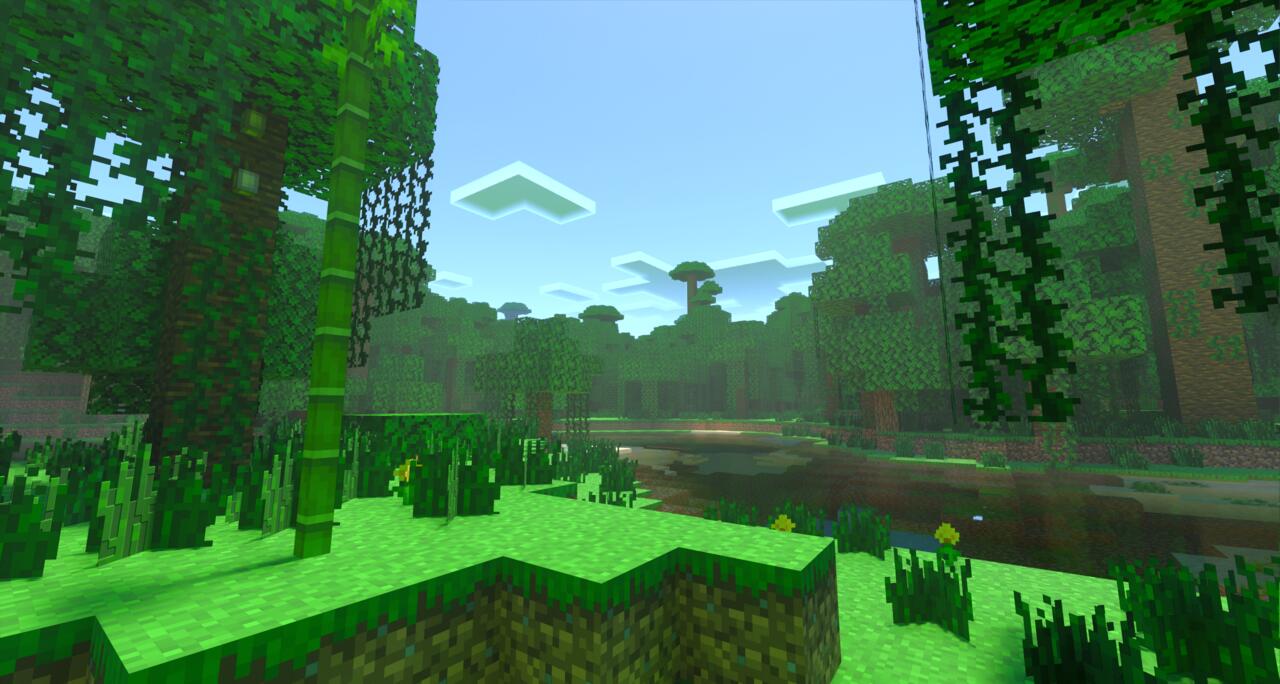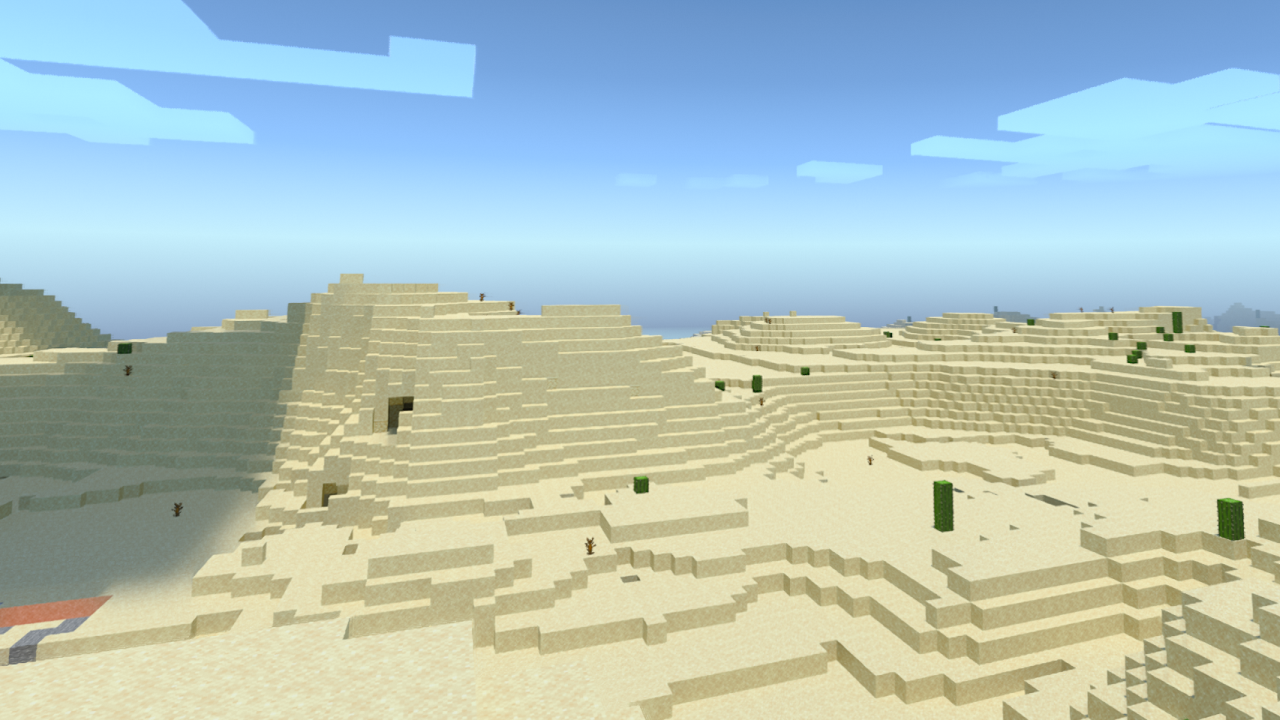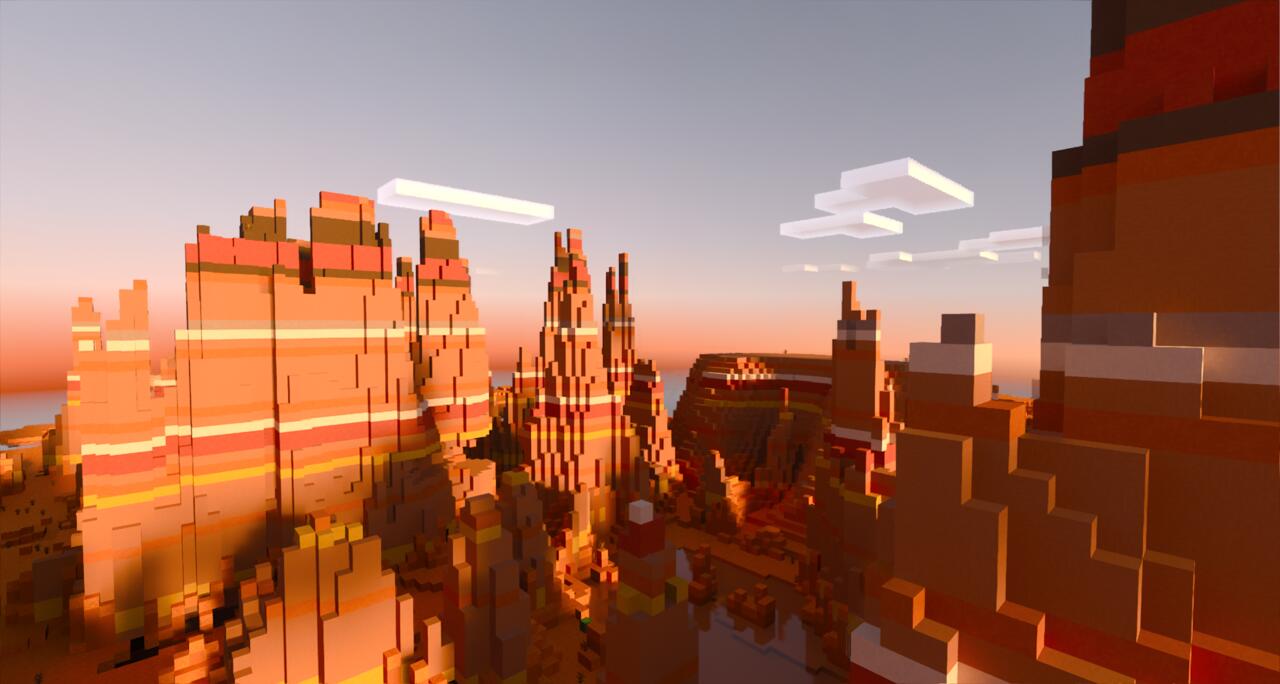Note: This guide focuses on the Bedrock version of Minecraft, available on Windows 10, Xbox, PlayStation, Switch, and mobile.
Some of Minecraft’s warm biomes are harder to find and can be pretty unforgiving. Deserts are pretty common, but Husks–desert zombie–don’t burn up in the sun. As beautiful as the badlands can be, they’re all but empty. These are Minecraft’s warm biomes.
Jungles

Jungles are rare biomes that feature jungle trees that can grow as tall as 31 blocks, as well as very short trees built around a single block of jungle wood as a trunk. The jungle has quite a few biome-specific elements. When it comes to animals, you can find ocelots, parrots, and pandas, all of which generate exclusively in the jungle biome. You can also find rare jungle temples.
One of the more common variants is the bamboo jungle, which is significantly less dense in terms of trees, but with significantly more bamboo–one of the most easily renewable resources in the game, as well as part of scaffolding, which is a must-have for ambitious builders.
Deserts

Deserts are exactly what you’d imagine–sand and cacti as far as the eye can see. There are generally no trees here, just dead bushes and cacti. Unlike other biomes, only rabbits spawn in the desert, and they’re a golden hue to match the desert around them. This biome also has its own hostile mob, the husk. The husk is a zombie-like mob that doesn’t burn in the sunlight and, if they successfully attack you, will apply the Hunger status to you, rendering your food ineffective. Desert villages, wells, and pyramids/temples are also found in this biome. There is no rain or snow in desert biomes, even if it’s raining in a directly adjacent biome that does allow rain.
Badlands

This biome is pretty similar to the desert in that there’s little in the way of flora or fauna. Cacti and dead bushes spawn, and there are no passive mobs–not even those adorable desert rabbits. This biome is very rare and usually bordered by a desert. Mineshafts are more common in these biomes, and gold is found more frequently than in other biomes. The primary blocks for this biome are terracotta and red sand, both of which can be found in great supply. As with desert biomes, don’t expect to find any rain or snow here.
There are a few variants of the badlands biome.
- Eroded badlands generate with tall spikes of terracotta, seemingly meant to resemble the same sorts of structures found in Bryce Canyon in Utah.
- Badlands plateaus are similar to standard badlands, except that the plateaus generate with a layer of dirt on top, complete with grass and trees.
Savannas

Compared to deserts and badlands, Savannas are downright lush. This biome is covered in brown grass and acacia trees, which drop unique orange-colored wood. A variety of passive mobs, like llamas, horses, and cows can generate here, as well as villages and pillager outposts.
Read More[/vc_column_text][/vc_column][/vc_row]

